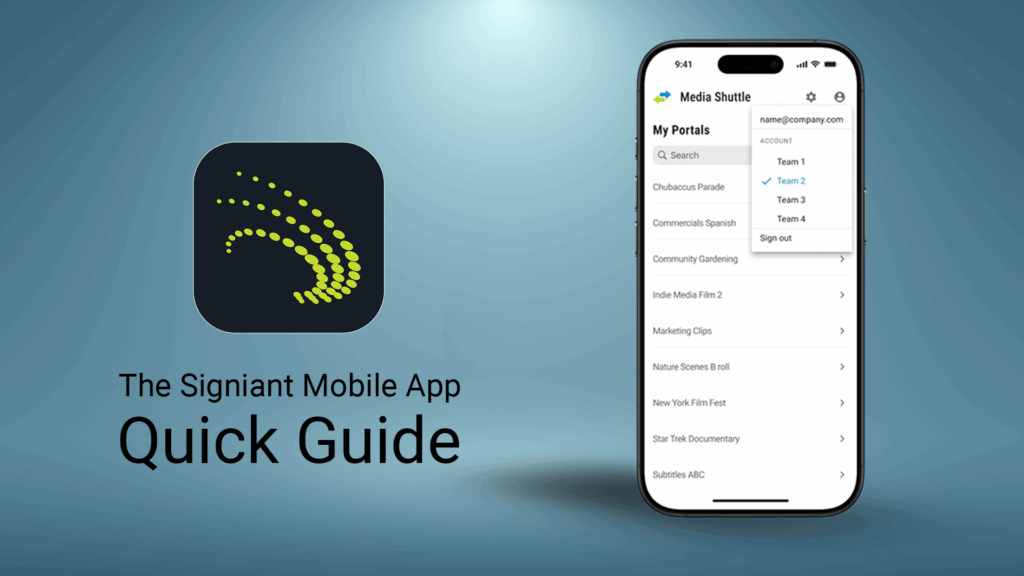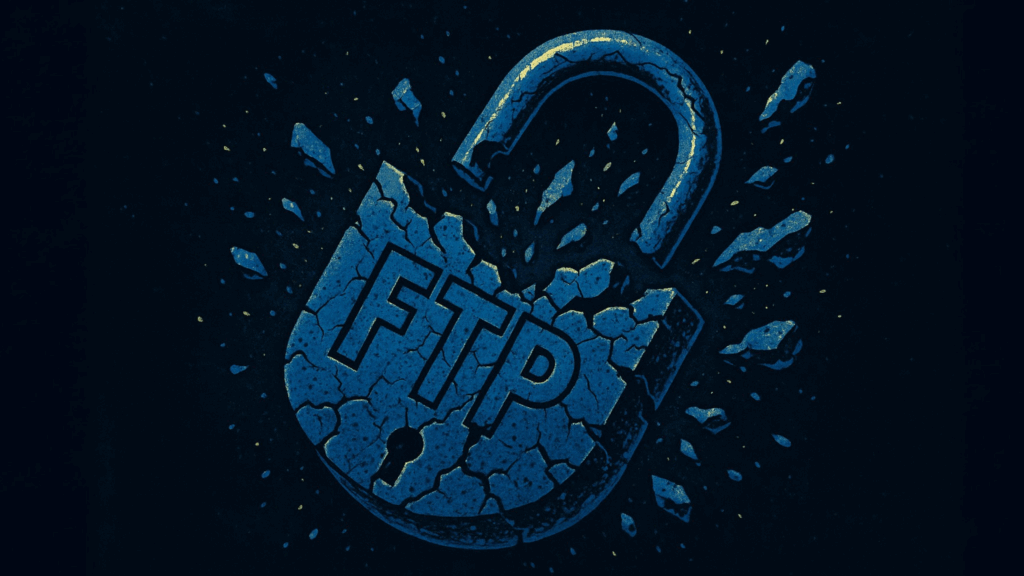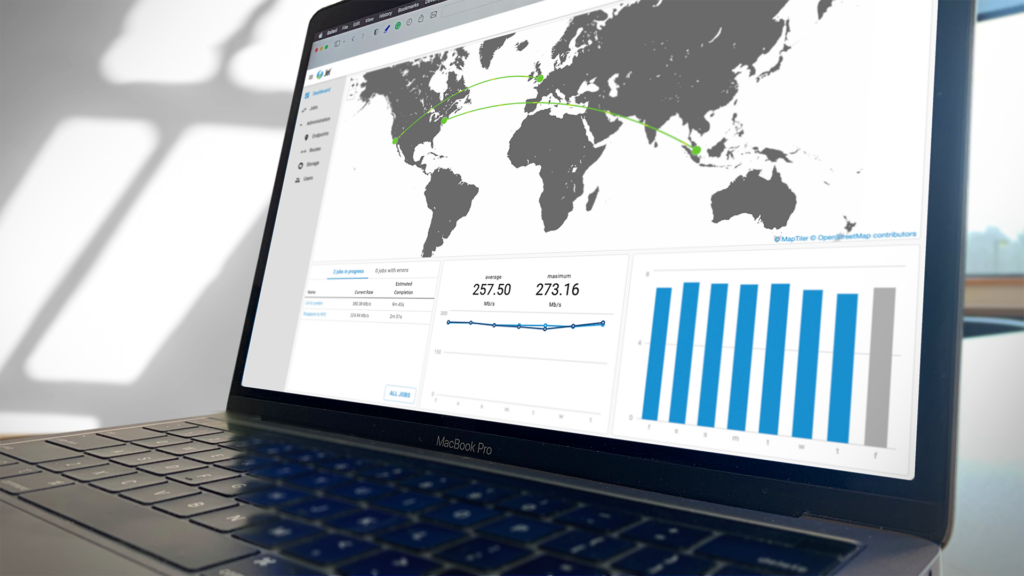10 Key Considerations for Digital Asset Management in the Cloud
In today’s fast-paced media and entertainment landscape, managing digital assets efficiently is more critical than ever. Digital Asset Management (DAM) systems have become essential for organizations to store, organize, and retrieve digital content seamlessly. With the rise of cloud technologies, integrating DAMs with cloud storage solutions offers easy scalability, accessibility, and collaboration opportunities. As outlined in Bynder’s overview of cloud digital asset management, the shift to the cloud is transforming how teams manage and interact with digital assets.
This guide delves into ten pivotal considerations for implementing effective digital asset management in the cloud, ensuring your media assets are secure, accessible, and efficiently managed.
1. Speed: Ensuring Rapid Access and Transfer
In media production, time is of the essence. Large files, such as high-resolution videos, require swift transfer speeds to meet tight deadlines. Traditional transfer methods often falter under the weight of massive files, leading to delays and inefficiencies.
Signiant offers accelerated file transfer capabilities, ensuring rapid and reliable movement of large media files across global distances. By leveraging advanced acceleration technologies, Signiant minimizes latency and maximizes available bandwidth, ensuring your digital assets are where they need to be, when they need to be there.
2. Reliability: Maintaining Asset Integrity
Ensuring the integrity of digital assets during transfer is paramount. Network interruptions or file corruption can lead to significant setbacks. Implementing solutions that offer checkpoint restart capabilities ensures that transfers resume from the point of interruption, preserving the integrity of your assets.
Signiant’s solutions are designed with reliability in mind, ensuring that your digital assets are transferred securely and intact, regardless of network conditions.
3. Security: Protecting Your Digital Assets
Security is a cornerstone of effective digital asset management. With increasing cyber threats, safeguarding your media assets during transfer and storage is non-negotiable. As Adobe explains in its DAM fundamentals guide, proper digital rights management (DRM) and robust access control are key to secure file handling.
Signiant employs enterprise-grade security measures, including encryption in transit, ensuring that your digital assets are protected along their journey. Regular third-party audits and compliance with industry standards further reinforce the security framework.
4. Monitoring, Reporting & Alerts: Gaining Visibility
Visibility into asset movements is crucial for operational efficiency. Robust monitoring and reporting tools provide insights into transfer statuses, user activities, and potential issues. Industry leaders like MediaValet emphasize that cloud DAM systems must offer extensive reporting to ensure auditability and compliance.
Signiant’s solutions offer comprehensive dashboards and alert systems, enabling teams to track asset movements in real-time, generate reports, and receive notifications on transfer completions or anomalies.
5. Hybrid Cloud/Multi-cloud Strategies: Flexibility in Storage
Adopting a hybrid or multi-cloud approach allows organizations to leverage the strengths of various cloud providers while maintaining on-premises storage solutions. This flexibility ensures optimal performance, cost-efficiency, and redundancy. This is increasingly considered a best practice in DAM, as explored in Brandfolder’s 2024 DAM best practices.
Signiant’s storage independent platform is designed to operate seamlessly across multiple cloud environments, providing the agility needed to adapt to evolving storage requirements.
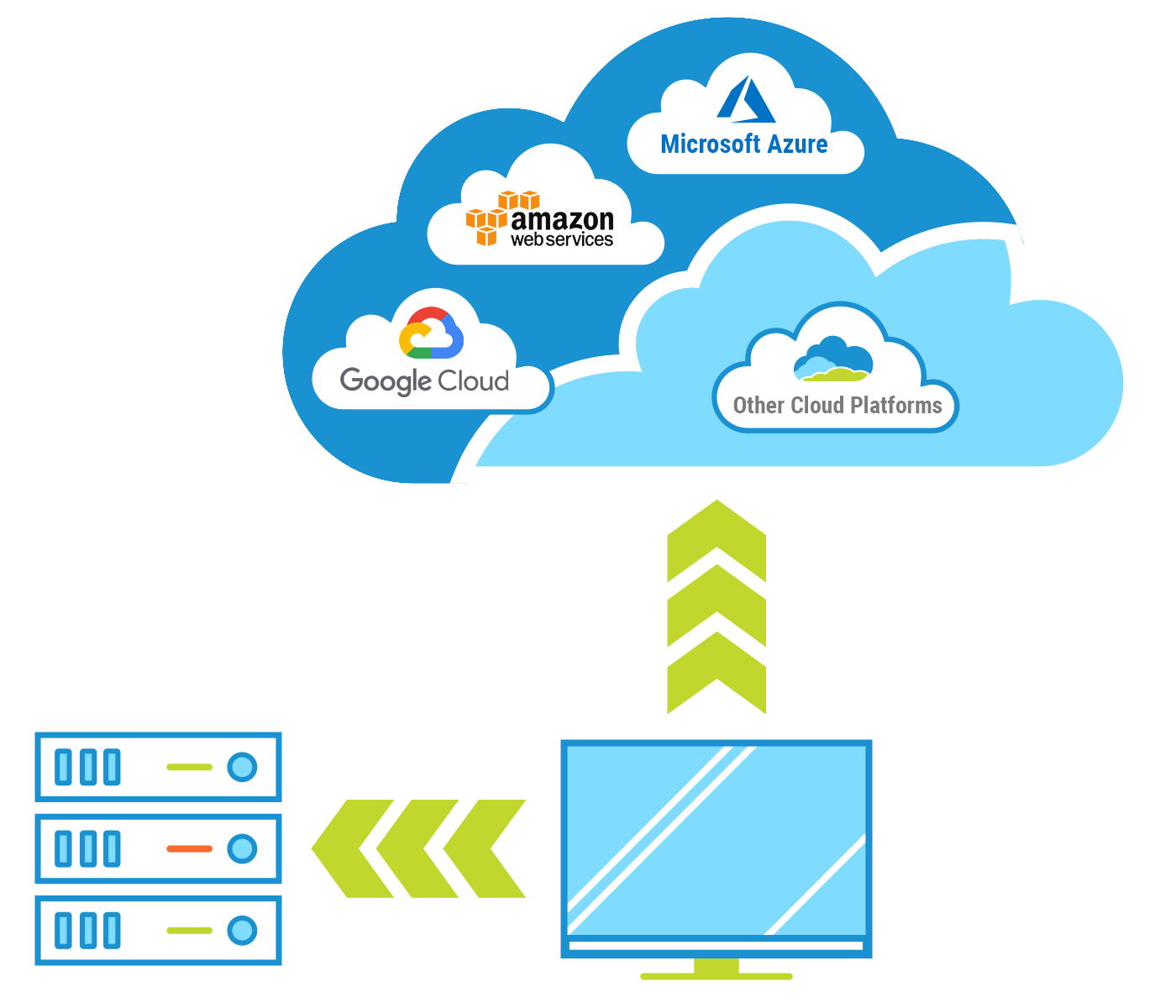
6. Supporting Multiple Locations: Enabling Global Collaboration
In a globalized media landscape, teams often span multiple locations. Ensuring consistent access to digital assets across geographies is vital for collaboration.
Signiant’s solutions facilitate efficient asset transfers between global endpoints, whether on-premises or in the cloud, ensuring that teams worldwide can collaborate without hindrance.
7. Frequency & Utilization: Optimizing Resource Use
Understanding the frequency and volume of asset transfers helps in optimizing infrastructure and costs. Whether it’s a one-time bulk transfer or regular backups, aligning resources with usage patterns ensures efficiency.
Signiant offers flexible pricing models allowing organizations to scale resources in line with their specific needs, avoiding unnecessary expenditures.
8. User Access & Administration: Streamlining Permissions
Managing user access is a critical component of DAM. Ensuring that the right individuals have appropriate access levels prevents unauthorized usage and maintains asset integrity.
Signiant provides intuitive user interfaces and delegated administration capabilities, allowing for streamlined user management and permission settings, tailored to organizational structures.
9. Automated Transfers: Enhancing Efficiency
Automation in asset transfers reduces manual intervention, minimizes errors, and accelerates workflows. Implementing automated processes for routine transfers ensures consistency and frees up valuable human resources. As Cloudinary’s comprehensive DAM guide notes, automation is becoming a cornerstone of modern DAM strategy.
Signiant offers automated, system-to-system large file transfers, enabling unattended content exchange within and between organizations, enhancing operational efficiency.
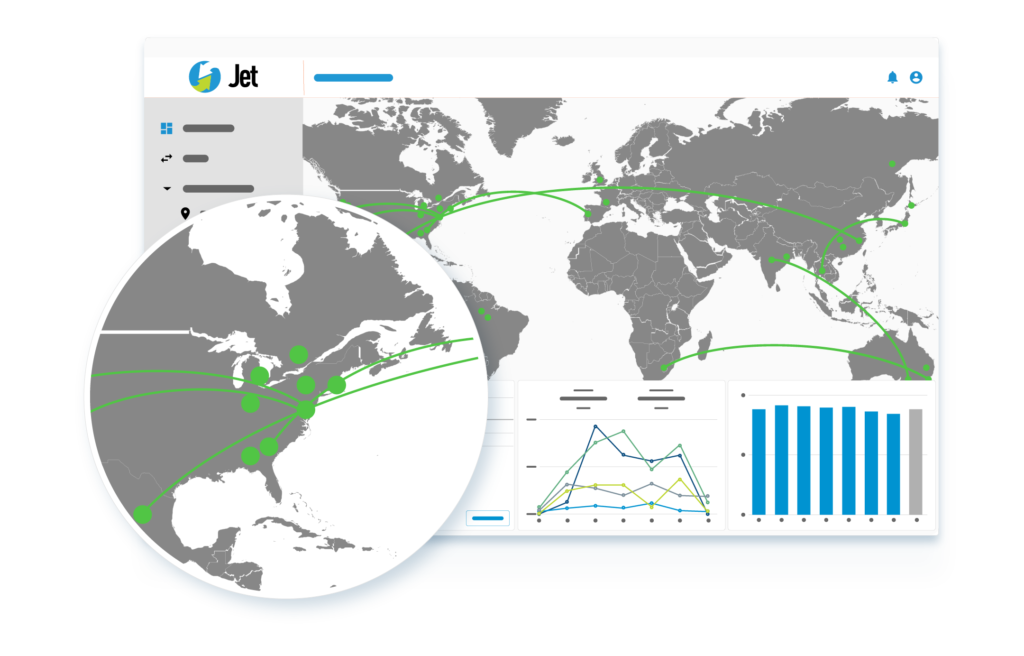
10. Inter-company Content Exchange: Facilitating Partnerships
Collaborations often require seamless asset exchanges between different organizations. Ensuring secure and efficient inter-company transfers is essential for successful partnerships.
Signiant provides secure, automated content and easy exchanges between companies, maintaining control over assets while facilitating smooth collaborations.
Conclusion
Effective digital asset management in the cloud is a multifaceted endeavor, encompassing speed, reliability, security, and collaboration. By addressing these ten key considerations, organizations can ensure that their media assets are managed efficiently, securely, and are readily accessible to those who need them.
The Signiant Platform is designed to meet the complex demands of modern digital asset management, providing the tools necessary for organizations to thrive in a digital-first world.
